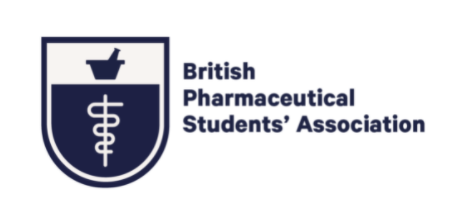Bacteriophage therapy: is there a growing need for it?
Bacteriophage therapy is where lytic bacteriophages are used to treat a narrow range of pathogenic bacterial infections. The use of bacteriophage therapy was readily reduced due to the discovery of penicillin, as it could treat a broad range of bacterial infections and was cheaper and easier to make on an industrial scale.
A rising problem in modern medicine is the emergence of pathogenic bacteria that have developed a resistance to a variety of antibiotics. Hence, the research behind the use of bacteriophage therapy to treat and/or prevent bacterial infections have again risen.
Even though bacteriophages are more specific than antibiotics, they are generally harmless to the host organism and beneficial bacteria (eg: commensal gut flora), reducing the chance of the host developing infections that wouldn’t normally develop in the presence of a strong immune system, undisturbed gut flora or un-breached integumentary barriers (eg: skin, nerves, glands).
Due to the specificity, phage therapy has a high therapeutic index and is expected to have only a few side effects compared to broad spectrum antibiotics. The specificity also has a disadvantage; the phage introduced to the host, will only kill a bacterium if it matches that specific strain, but the success rate of the therapy can be increased by administering a mixture of phages.
Phages can be freeze-dried and converted into a pill form without reducing their efficiency. They are stable at 55oc and can have a shelf-life of 14 months (this has been shown for some types of phages in pill form)
A main factor is patient compliance. As antibiotics, have been used for such a long period to treat bacterial infections, it has become conventionally registered in the minds of the patient as effective and safe to use. The issue arises of how to phase out antibiotic use while maintaining patients’ confidence and compliance in the product.
Phages are currently used to kill food poisoning bacteria (eg: listeria) and countries like Russia are currently using phages therapeutically, to treat bacterial infections which are unresponsive to conventional antibiotic treatment. Even though this is the case, bacteriophages are far from ready to become the first line treatment for bacterial infections. The goal is to one day replace antibiotic treatment with bacteriophage therapy.
References:
Sulakvelidze, A. and Alavidze, Z. (2001). Bacteriophage Thearpy. Antimicrob Agents Chemother, [online] pp.649-659. Available at: https://www.ncbi.nlm.nih.gov/pmc/articles/PMC90351/ [Accessed 17 Aug. 2017].
Frontiersin.org. (2017). [online] Available at: http://www.frontiersin.org/files/Articles/241805/frym-04-00030-HTML-r2/image_m/figure-3.jpg [Accessed 17 Aug. 2017].
